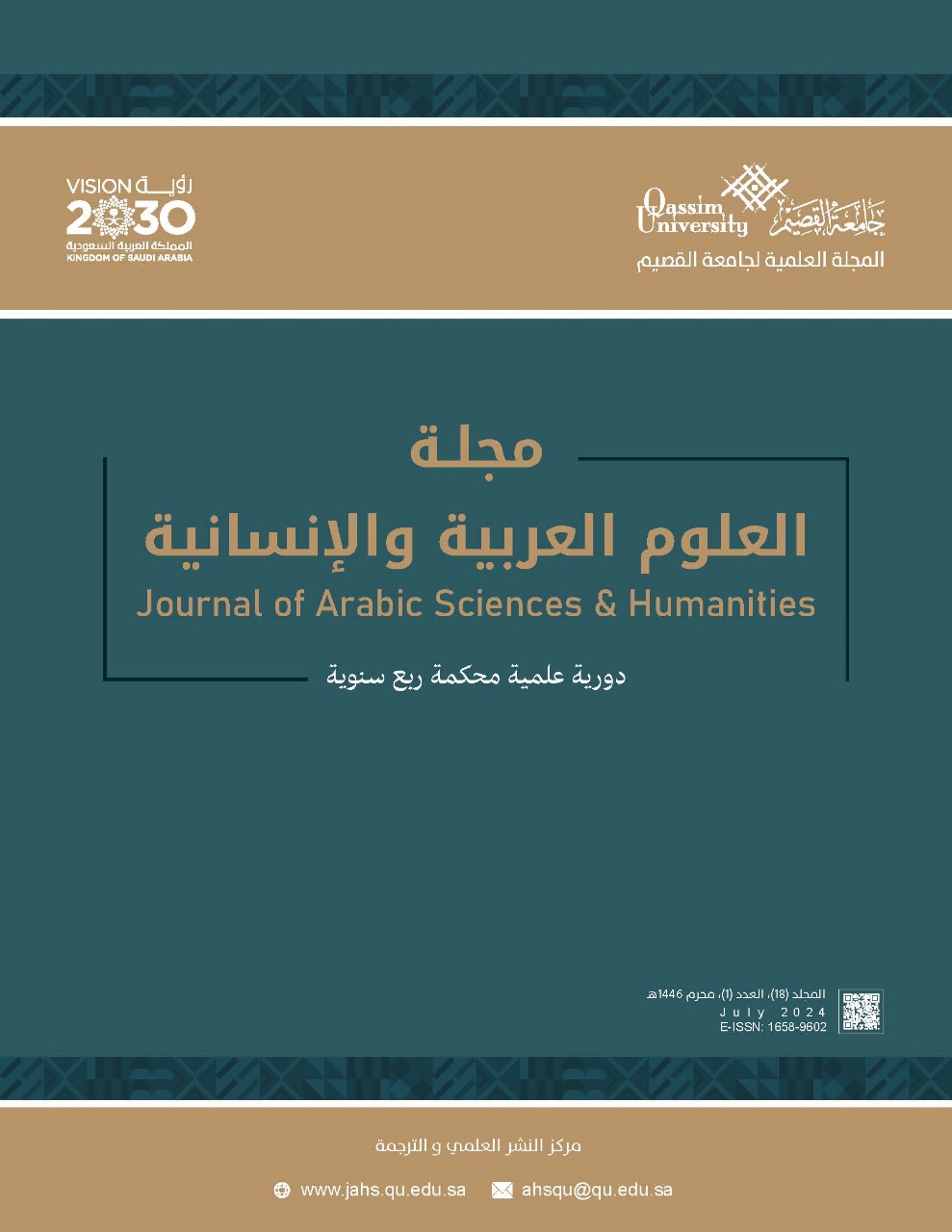Spatial Analysis of Rainfall Variability in the Mecca Region using Remote Sensing Data and Geographic Information Systems
Abstract
Abstract
The study analyzes the distribution of precipitation in Mecca Region, and the change in precipitation distribution from 2000 to 2022. The study employed a spatial analysis method including collecting precipitation data form satellite image (i.e., GPM) with a spatial resolution of 10.9 km, processing the data and using IDW equation to derive precipitation distribution maps. The results showed that the precipitation concentrated in the mountainous areas in the south of Maysan and northwest of Taif with the highest average precipitation of 148.4 mm between 2018 and 2019. The results of the analysis of the most severe rainstorms confirmed the spatial variation in their concentrations and risks, and highest average daily rainfall of 31.65 mm/day (11/24/2022) that covered a large area of drainage basins in Mecca and Jeddah. The region witnessed a fluctuation in precipitation change between increases and decreases. However, the average change in annual precipitation every 11 years reached 15.4 mm, resulting in a positive change in the amount of precipitation, and reducing severity of drought in the region.
Keywords: Rain, Storms, Mecca Region, Remote Sensing, Geographic Information Systems.

This work is licensed under a Creative Commons Attribution-NonCommercial 4.0 International License.


